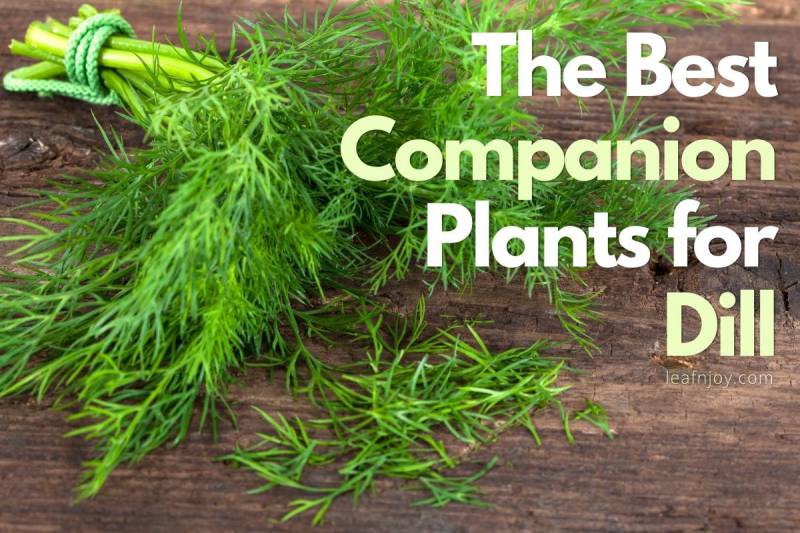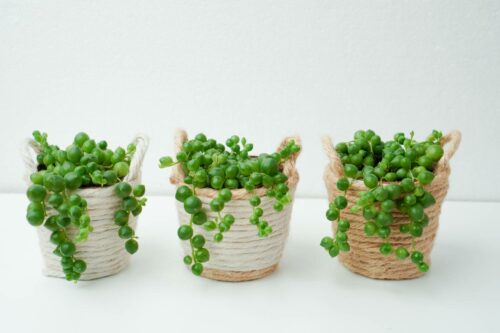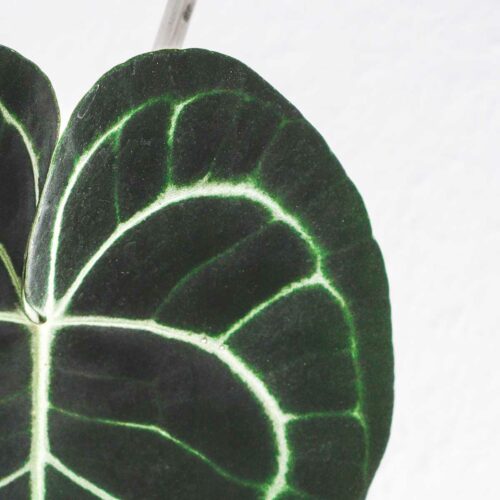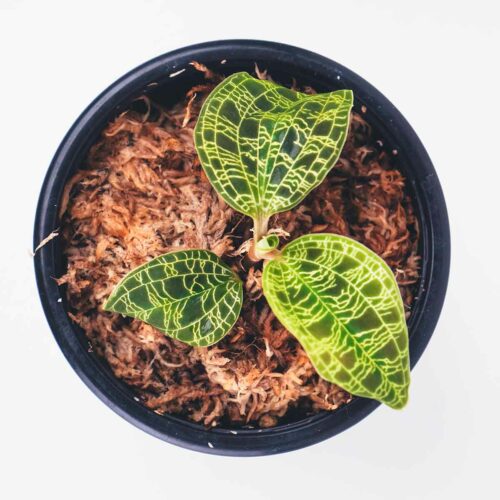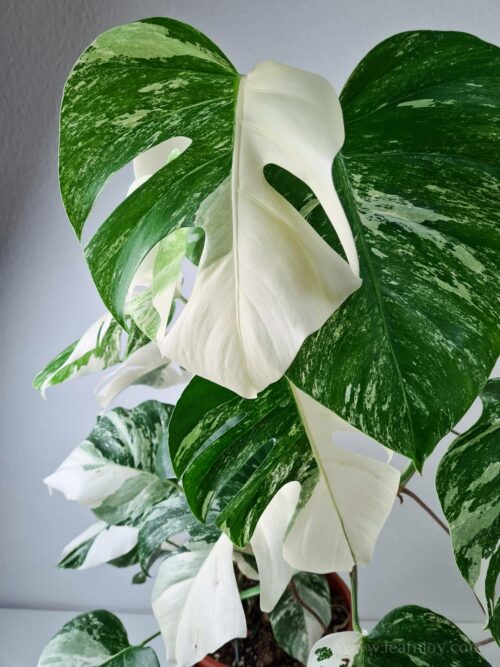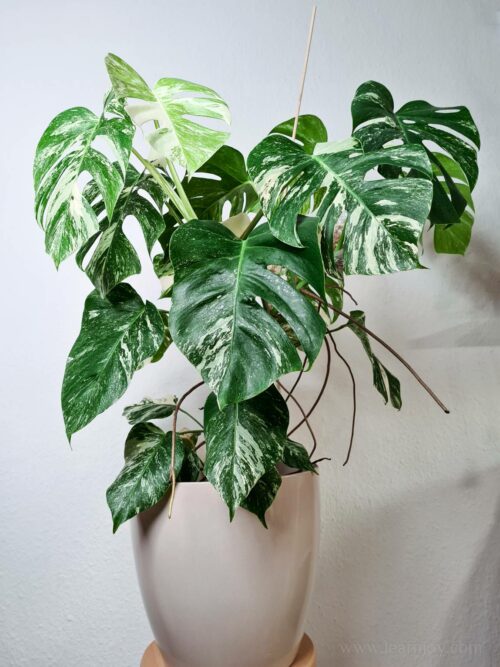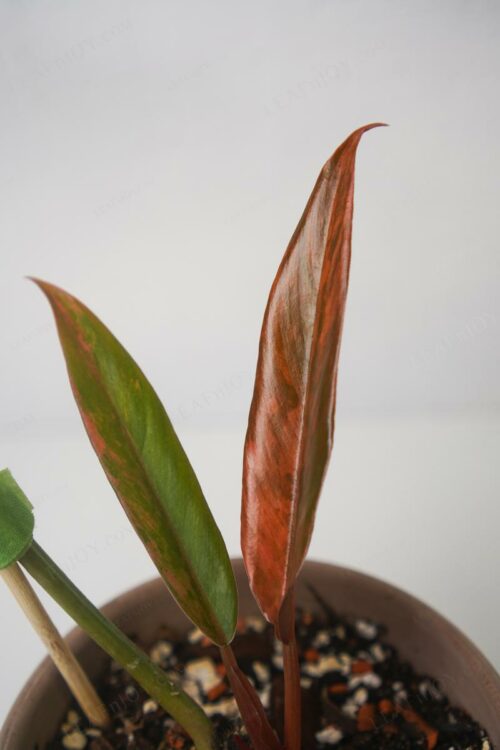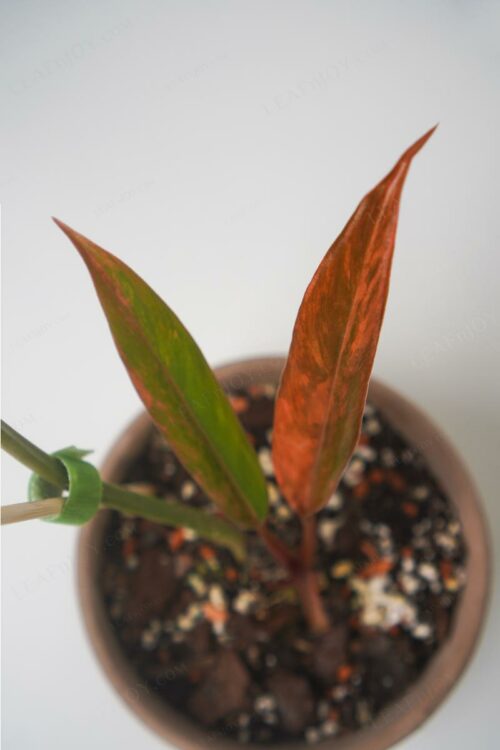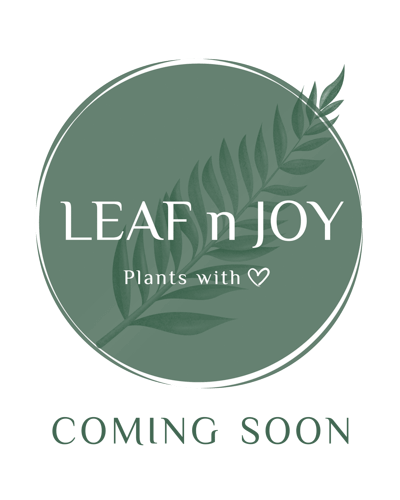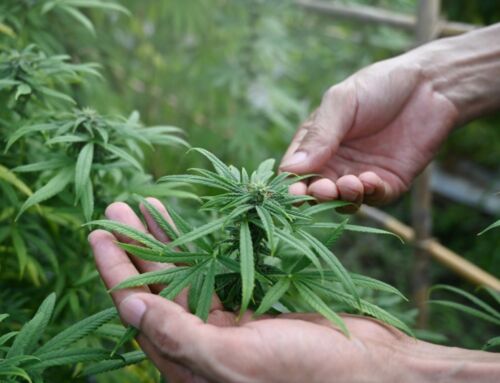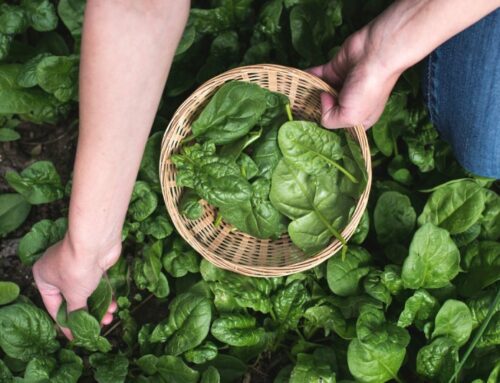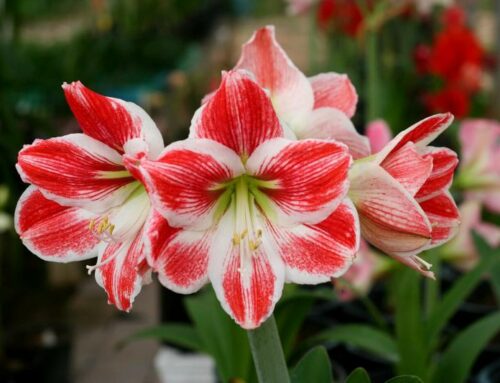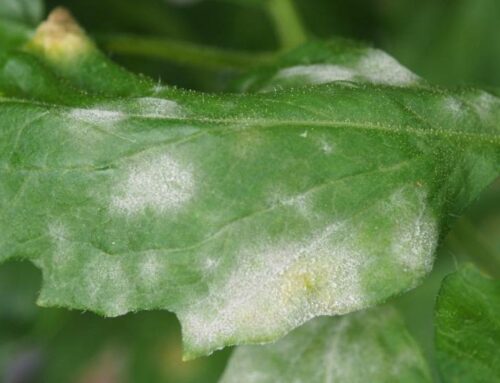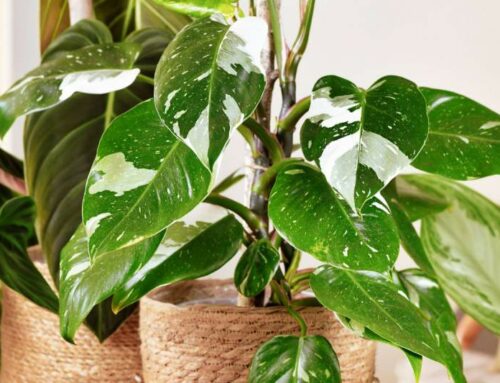Choosing the best dill companion plants means having a healthier garden and an enhanced harvest.
If you enjoy the flavorful scent of dill and the summer vibe that this herb can bring to dishes, then you have probably thought at least once or twice of growing it yourself, be it indoors or in a garden.
Dill is a strong-scented, annual herb that grows very tall (up to six feet). This flavorful herb attracts butterflies, pollinators and other beneficial insects. Dill has many benefits in the garden and can be used as a companion plant for various crops.
Dill can be used in many ways in the kitchen, from soups to pickles to pesto sauce. When grown with cabbage, dill will keep pests away from your vegetable patch by repelling aphids and other insects that feed on it. If you have problems with slugs or snails (i.e. pests), try planting some dill nearby, so they’ll think twice before eating what you’ve already planted!
Looking for what is dill a good companion plant for? Then you’re at the right place. In this article, we will discuss all the important things you need to know when it comes to companion planting of dill.
This post may contain affiliate links. Read our Privacy Policy and Disclosure here.
The Best Dill Companion Plants to Grow
Dill is a member of the celery family and can be used as a companion plant in the garden. This herb has many benefits, including attracting beneficial insects to your plants and helping to control slugs and snails. Dill is also effective at repelling some pests such as aphids, flea beetles, leaf miners or caterpillars on beans, cucumbers and squash plants.
A great choice of companion plants for dill are:
- Asparagus
- Corn
- Cucumber
- Alliums (think onions & co)
- Lettuce
- Brassicas (cabbage, broccoli & more)
- Herbs
- Marigold
- Zucchini
- Tomatoes (but with caution)
If you are looking to pair your dill with another plant, you’re in luck as you have a lot of companion plants to choose from! Dill is non-invasive which makes it easy to grow together with other plants in a garden.
When it comes to companion plants and dill, the relationship works two ways: for some, dill helps its companion plant by repelling insects or by attracting pollinators, while in other cases, the companion plant influences positively the growth and harvest of the dill plant.
So let’s dive in into how this whole companion planting for dill works. In this article, the best and the worst dill companion plants will be discussed, and some frequent question of gardeners will be answered at the end.
1. Asparagus
Asparagus is a perennial plant that grows to be about 7 feet (2.1meters) tall, and it has green leaves. It also produces purple or white flowers that bloom on top of its stems. Asparagus is one of the most popular vegetables in the world, so there are plenty of ways to enjoy it!
Asparagus is a great companion plant for dill as dill can repel harmful insects away, thus, pest infestations are kept under control.
A lot of pests are attracted to asparagus such as aphids, beetles, caterpillars, and slugs. Dill, on the other hand, can attract beneficial predatory insects in the garden such as lacewings, ladybugs, and aphid midges, which in turn can control a pest problem on your asparagus plants.
Dill can also repel spider mites that usually feed on sap from the asparagus plants.
Dill also has benefits from its Asparagus neighbor, thus, the companionship of these two plants is mutually beneficial. For example, asparagus can offer dill plants a shelter from strong winds and harsh sun rays, which in turn leads to dill plants growing stronger and healthier.
Feeling like you want to give growing Asparagus a go? Then make sure to grab some high-quality Asparagus seeds.

2. Corn
Corn is a warm-weather plant that likes to grow in the heat. The sturdy stems of this vegetable can withstand and block wind so that your delicate and rather flimsy dill plants can be protected from strong drafts.
The little delicate flowers of dill are known to attract parasitic wasps, unlike the aggressive name, these insects are beneficial to our gardens as they control the population of harmful pests. Thus, by inviting parasitic wasps, dill also helps keep pests away from corn by repelling leafhoppers and black aphids on its leaves, but this benefit isn’t as pronounced as with some other companion plants (like carrots).
The companion planting of dill and corn can also bring a benefit to our taste buds, as some growers also state that dill enhances the flavor of sweet corn when the two plants are grown close together in a garden.
If you want to experiment with growing corn on your own, consider starting the plants from these sweet corn seeds.
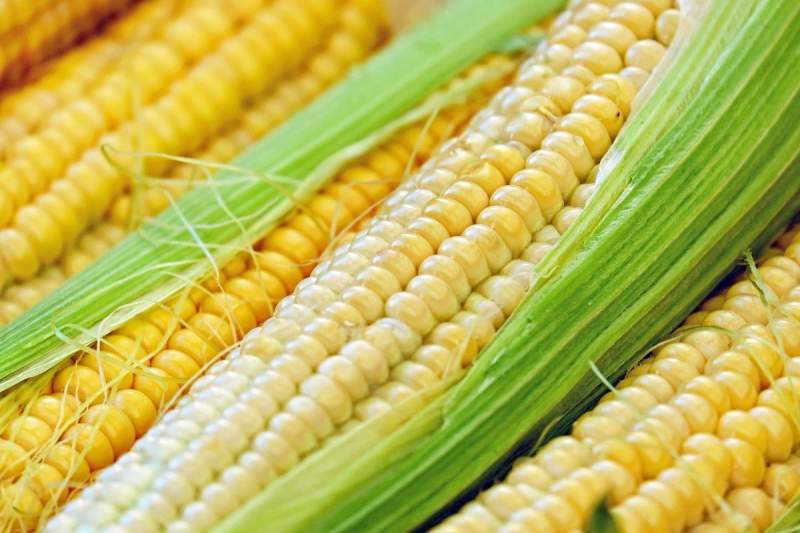
3. Cucumber
The cucumber is a great companion plant for dill. Dill attracts butterflies, bees, and other beneficial insects like parasitic wasps which feed on cucumber beetles. This means that cucumbers can benefit from having their little garden ecosystem of pollinators and protectors.
Having a dill plant near cucumbers enhances fruit production, as cucumber is not self-pollinating and relies on insects to do so. Hence, if you have a dill plant nearby, your produce might significantly increase thanks to the helpful pollinators that the dill has attracted!
And let’s not forget that when it comes to our taste receptors, pickles and dill is one of the best combo. All you need then, are some cucumber seeds, dill seeds, a raised bed or a free space in your garden to start creating delicious salads absolutely from scratch.
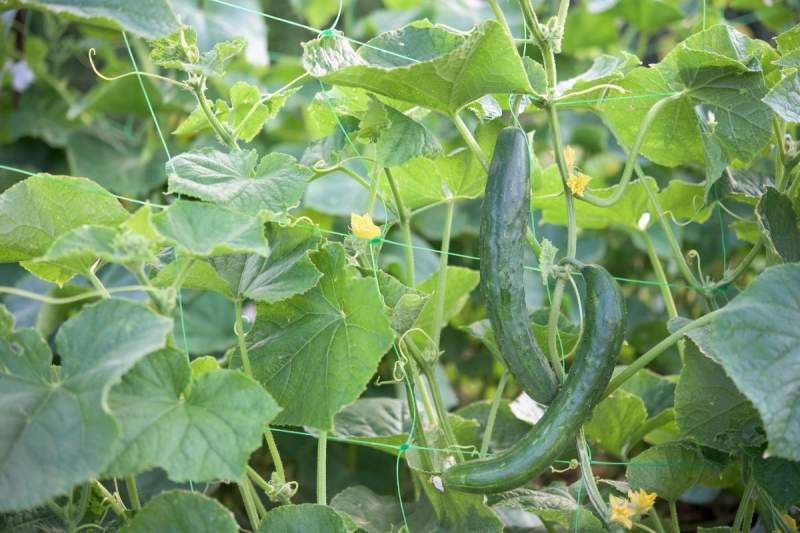
4. Alliums
A plant family that is commonly found in gardens and makes up the most used cooking ingredients, is the Allium family.
Alliums consist of garlic, onions, leeks, chives, shallots, and scallions.
The whole Allium family pairs well with dill when it comes to companion planting and there are benefits to each side.
This is because, as you probably know, the Allium family of vegetables has a strong scent that deters common pests that usually attack dill. On the other hand, dill protects the onion crops by keeping aphids and Japanese beetles away.
Extra bonus to planting dill and alliums together: Some growers say that dill, when grown as a companion plant to onions, garlic, and chives, can enhance their flavor.
I don’t know about you, but I am totally in – chives are one of the most fun veggies to grow, even if a windowsill is all you got.
Ready to get growing? Get your chive seeds today.
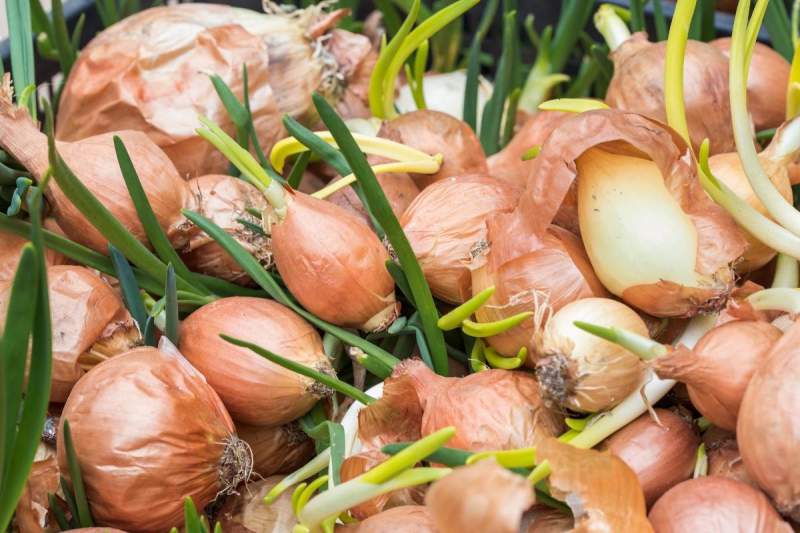
5. Lettuce & co
Lettuce and other leafy greens are a great choice as dill companion plants because the herb can deter otherwise harmful pests away from your salads.
For example, dill repels aphids, cabbage looper flies, and cabbage butterflies. They also help keep down weeds by deterring other plants from growing near lettuce patches.
Spinach, Swiss chard, and other leafy greens enjoy the same benefits when grown as dill companion plants.
6. Brassicas
The members of the whole cabbage family are friends with dill and are suitable as companion plants.
Dill companion plants from the brassica family include:
- Cabbage
- Broccoli
- Bok choy
- Cauliflower
- Mustard
- Radish
- Turnips
- Kale
- Kale
- Collards
- Brussels sprouts
- anything labeled as cress
The cabbage, i.e. Brassicaceae plant family, are packaged with delicious nutrients and are definitely a must-have if you have space in your garden. Unfortunately, these green and leafy vegetables also attract pests such as cabbage loopers and worms.
Here comes the hero of the day and the benefits of companion planting dill in the vicinity.
What we love about dill, i.e. its a strong scent, is what pests hate. The strong aroma of dill acts as a natural repellant against common pests on the whole cabbage family plants. Namely, dill helps repel insects such as the cabbage worm, moth, and looper that usually make a feast out of the brassicas.

7. Herbs
Don’t have a lot of space in your garden but would like to grow different herbs nevertheless? Then grow them together!
Dill grows together with a variety of herbs. The extra benefit, apart from saving space, is that thanks to its strong scent, dill can repel most common pests on herbs, such as thrips (especially useful for basil and parsley).
Here are the best herbs as dill companion plants:
- Chervil
- Parsley
- Basil
- Thyme
- Mint *
- Oregano
- Marjoram
- Lemon balm
* A note on pairing mint with dill:
If you plan to grow the two herbs dill and mint in a pot, i.e. indoors, don’t plant mint and dill in the same pot. The reason for this is that mint is quite invasive and will fight for space with the dill’s plant roots.
However, if grown outdoors, mint and dill are one of the best companion plants to grow together. This is due to both plants being effective pest and parasite repellents thanks to their strong scents that buggers usually don’t like.
Thus, when growing outdoors, dill and mint are great to be planted together as they can protect each other and nearby plants and herbs from pests, especially thrips.
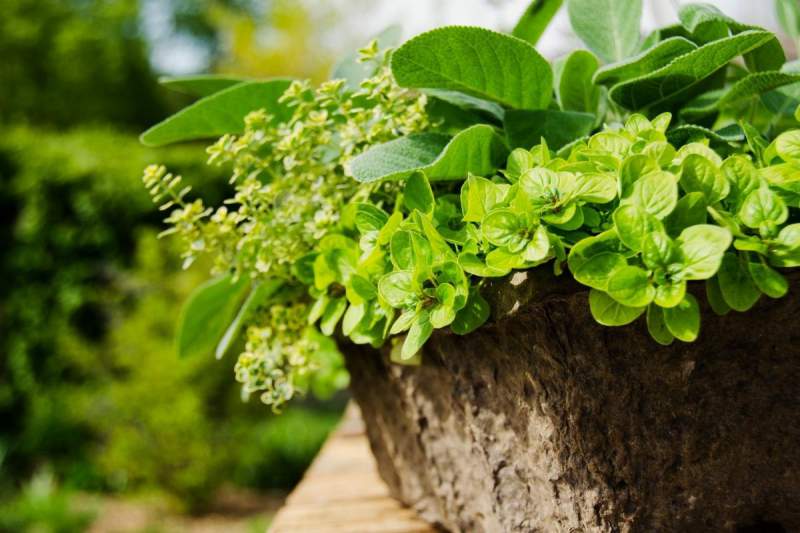
8. Marigold
Marigold and dill essentially have the same beneficial effect on a garden – repelling harmful insects such as aphids and thrips.
When planted together in a garden, they are like the superhero duet of your plants, as their pest-repelling abilities are multiplied.
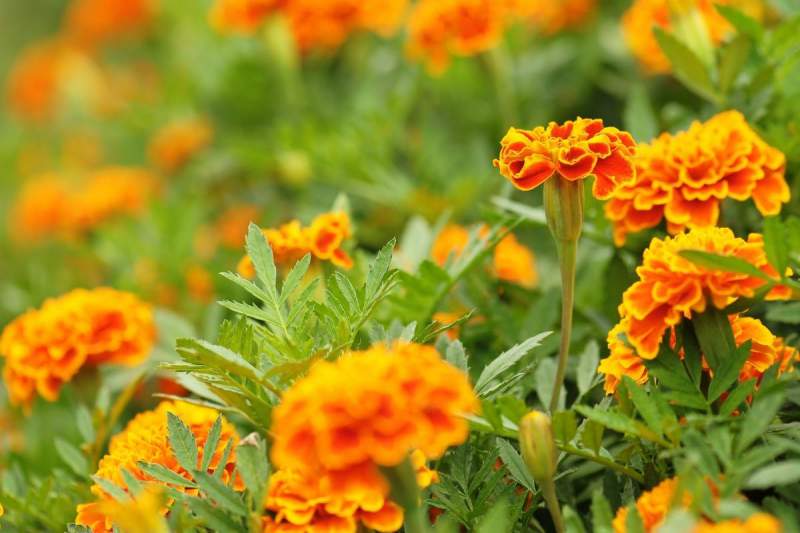
9. Zucchini
Growing your own zucchini is such a rewarding experience! Once you get the hands of growing the summer squash, the plants will show their gratefulness by giving you tons of produce.
But getting to a generous harvest when it comes to zucchinis is not so easy.
Thanks to dill, however, this mission can be achieved easier.
Dill is a great companion plant to zucchini as this flavorful herb can repel one of the main pests on the summer squash: the squash beetle and flea beetles.
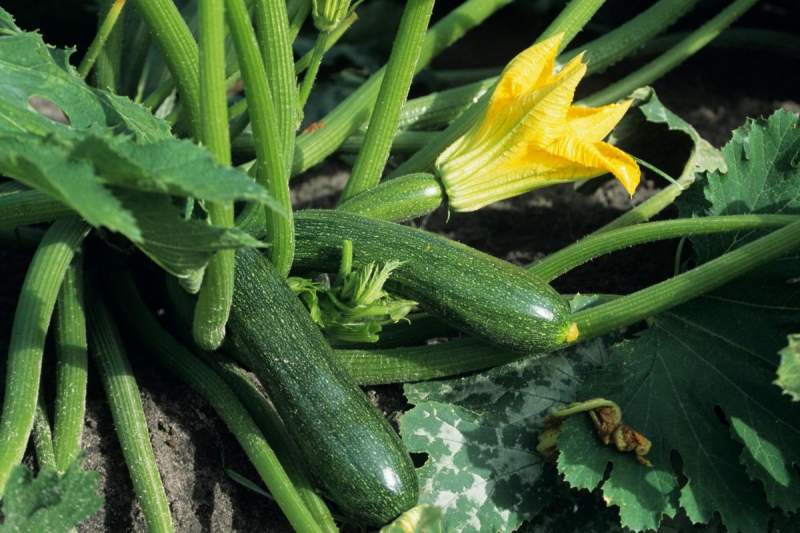
10. Beans & Legumes
When planted together dill and plants from the beans and legume family have a mutually beneficial companionship. I.e. these plants both benefit and contribute from being grown as companion plants.
Beans, on the other hand, do enjoy the perks of growing close to dill from insects being repelled but they also contribute to the development of dill. This means that beans can affect positively the growth of your dill plants making them a great choice for dill companion plants.
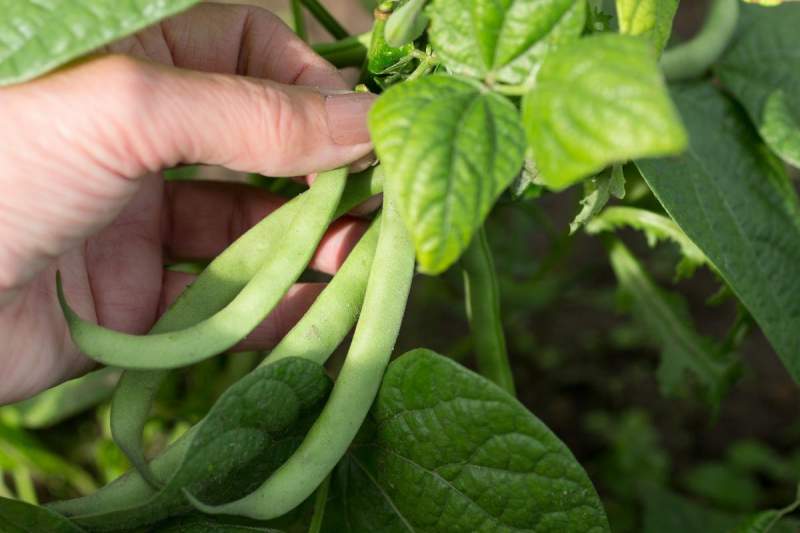
11. Tomatoes
The relationship between tomato plants and dill is complicated. When it comes to choosing whether to use tomato as a companion plant for dill, there are a couple of advantages and disadvantages to both.
Dill does help young tomato plants grow by attracting pollinators, and repelling certain pests, specifically, the dreaded tomato hornworms.
On the other hand, a tomato plant can shield young and fragile dill plants from strong winds and help them establish themselves.
However, just like in a Shakespearean drama, the young love between a tomato and dill takes a dramatic turn.
The mutually beneficial companionship between dill and tomato plants seems to reach a halt the moment the flavorful herb matures and starts blooming.
When dill matures and the first flowers pop, its roots tend to release a certain substance that can potentially stunt the growth of the tomato plant.
But don’t worry! It’s still possible to benefit from companion planting dill and tomato plants. So how to grow tomato and dill together?
Here are some tips and tricks for growing dill and tomato together as companions in your garden, without any hassle:
- Dill grows fast, so prepare your garden shears and harvest the herb frequently. This frequent cutting and pruning forces your dill plant to focus on growing rather than on flowering
- Plant your dill and tomato plants in the beginning of the growing season to reap the benefits on your tomato plants and remove the dill plant before it reaches maturity
- Far away but yet so close! Plant your dill in its own pot and place it next to your tomato plant(s).
- Regularly check up on how your tomatoes are developing and growing. If you notice that their growth has significantly slowed down and there is no other explanation than its little neighbor, then replant the dill away. Bear in mind, however, dill has a deep taproot and don’t handle transplantation well.

The Worst Dill Companion Plants (Avoid These 6!)
As mentioned, dill is a non-invasive plant that can be grown with ease next to other garden vegetables and herbs.
However, there are a couple of plants that you’d want to avoid growing together with dill, some due to cross-pollination and others due to dill leading to stunted plant growth.
1. Carrots & co
You probably have noticed that the leaves and flowers of dill and carrots look and feel quite similar. This is because dill belongs to the carrot family.
As a result, if dill and carrots are grown closely together, there is a high risk of cross-pollination which would result in a bitter taste of the carrots and stunted growth of the dill.
Other plants that are not suitable to be companion plants to dill due to cross-pollination risks are Fenchel, celery, parsnips, fennel, caraway, anise, cumin, cilantro, angelica, and lovage.

2. Lavender
Lavender and dill are not suitable to be grown together in a garden spot as they both have different preferences when it comes to the soil moisture level.
Lavender prefers to slightly dry out before being watered, while dill thrives in evenly moist soil.
Another reason why lavender and dill should not be grown together is that dill can quickly outgrow the lavender plant and start blocking light. And since lavender thrives when it receives as much light as possible, the dill plant can stunt its growth.

3. Sage
Sage is a bit of a picky herb when it comes to growing near other plants and would rather prefer to be planted near vegetables or fruits rather than to other herbs (except for rosemary).
And just like lavender, sage and dill shouldn’t be planted together in a garden.
These two herbs have different preferences when it comes to how often they need to be watered, with sage preferring to be on the dryer side, while dill enjoys being evenly moist at all items.
Also, dill can quickly outgrow sage and block its access to adequate light which could potentially lead to the sage experiencing a decline.

4. Potatoes
Potatoes and dill shouldn’t be grown together. This is because dill can quickly outgrow the potato plants and block their access to adequate light.
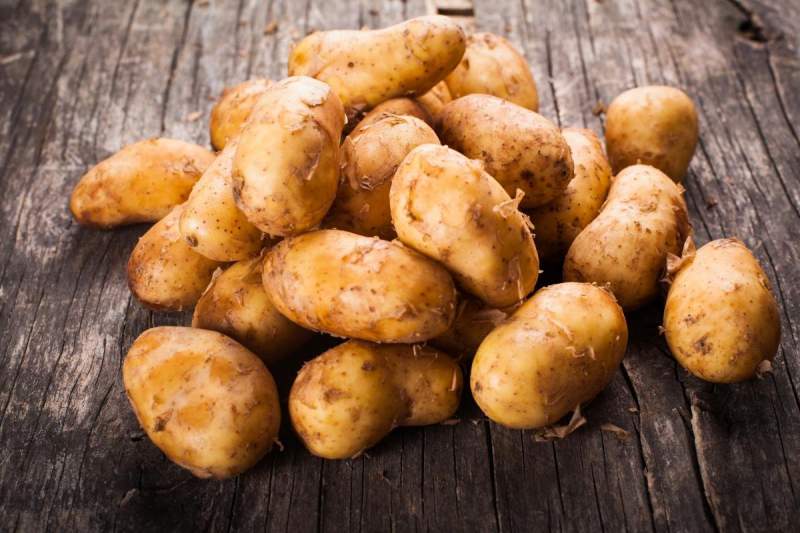
5. Peppers
Peppers, chilies, and paprika, just like tomato plants and other members of the nightshade family should not be grown together with a dill plant.
As mentioned earlier, once dill matures and starts flowering, its roots produce a substance that is harmful to the plants from the nightshade family, stunting their growth.
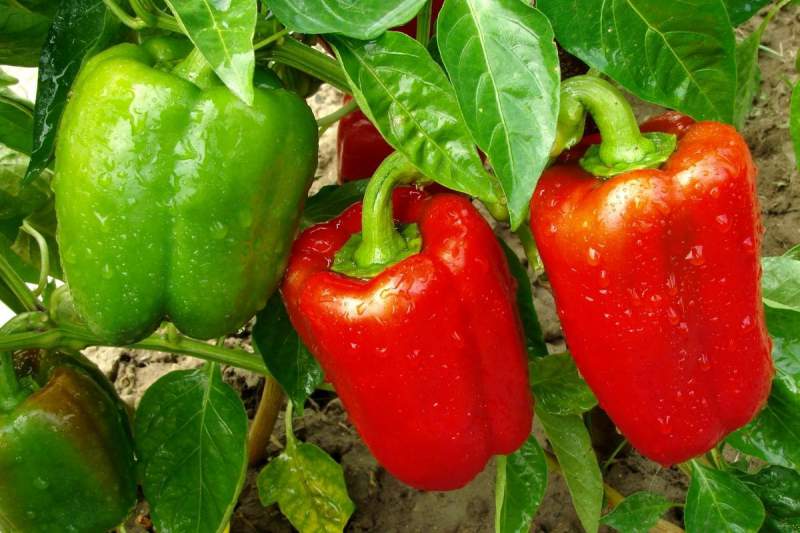
6. Eggplant
Eggplant is another member of the nightshade family that will not feel well with a dill growing nearby. Avoid planting dill and eggplant together as this might lead to a decline in the growth rate and health of the eggplant, reducing in less produce and poor harvest.
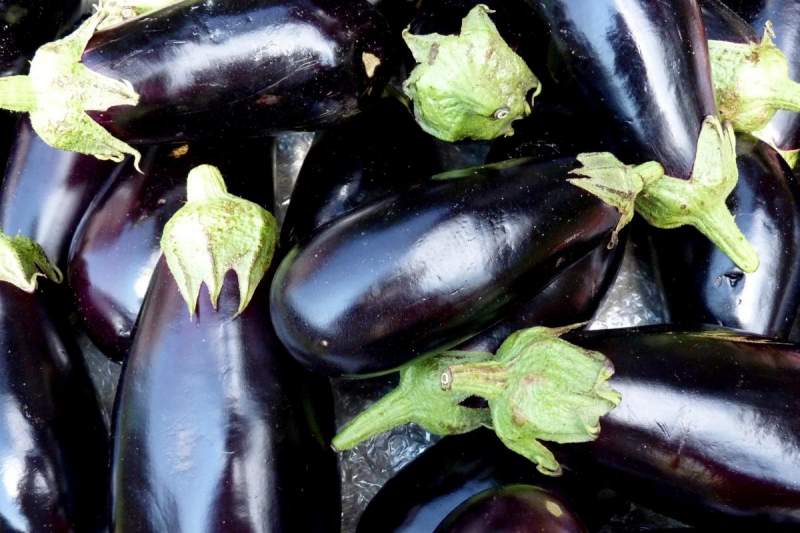
Dill Companion Plants: Frequently Asked Questions
Is dill a good companion plant?
Dill is one of the best and most companion plants to pair up with a lot of other vegetables and herbs in your garden.
In most cases, dill is the protector in a garden, being able to repel harmful insects while at the same time attracting beneficial insects and vital pollinators.
For the most part, you shouldn’t have any issues with companion planting of dill, just make sure to stay away from nightshades and other members of the carrot family.
Is dill a good companion plant for a tomato?
Maybe. Dill and tomato can make great companion plants if some care is taken when they are planted together to ensure that the dill will not reach maturity. Follow the steps from this article to ensure that your dill and tomato are friends and not foes.
Can dill and mint be planted together?
Yes, dill and mint can be grown together and are great for companion planting as long as they are not planted in the same pot/container. This issue doesn’t occur if the herbs are grown in a garden and planted directly into the ground.
Where should I plant dill in my garden?
Dill isn’t that picky about its location in your garden, however, when choosing a spot for your flavorful herb, be mindful of the wind stream and the sun exposure.
Dill grows upwards as delicate and fragile stalks. Therefore, it will need to be protected from direct exposure to wind as strong drafts might damage the stalks. Consider planting it together with beans or asparagus to offer a windshield to your dill. Alternatively, you can also grow it next to a wall, where the herb will have some stability.
Dill loves sun. Choose a spot in your garden where it will receive a good amount of light per day, i.e. dill needs about six to eight hours of direct sunlight daily to thrive.
Dill Companion Plants: Final Thoughts
We hope you enjoyed reading about some of the benefits of companion plants like dill and its importance as a pest repellent and attractor of beneficial pollinators and predatory insects.
Dill is one of the best companion plants to pair in your garden because it helps prevent pests from damaging other plants nearby by repelling insects that might otherwise eat their nectar or sap. This includes aphids, whiteflies, and other pesky bugs!
As mentioned, dill can be successfully grown together with many garden herbs and veggies, making it a great companion plant for your garden.

